Meet Abdulaziz Suliman Joharji,
a distinguished technology visionary hailing from the vibrant landscape of Saudi Arabia. Throughout his illustrious career, he has held pivotal roles, including Chief Information Officer (CIO), Chief Technology Officer (CTO), ICT Director, IT Director, and the esteemed position of Shared Services Director. These roles bear testament to his exceptional mastery in navigating the intricate intersections of cutting-edge technology and visionary corporate leadership.
With a managerial tenure spanning over a decade, Abdulaziz emerges as a consummate professional, renowned for his unwavering dedication, technical prowess, and collaborative leadership style. His unparalleled expertise seamlessly transcends the boundaries of small-scale enterprises to commanding the technological helm of formidable multinational corporations.
Abdulaziz epitomizes confidence and an unwavering commitment to excellence. He is particularly renowned for his groundbreaking work as a Shared Services Director, optimizing resources, fostering collaboration, and streamlining operational efficiency across diverse business functions. His aspirations converge with forward-thinking organizations that share his zeal for optimizing and revolutionizing business workflows.
He envisions a growth-oriented paradigm where diverse opportunities and unwavering responsibilities converge to forge a future ripe for professional ascendancy and corporate advancement

Abdulaziz Suliman Joharji
Age: 41
Nationality: Saudi
Live in: Riyadh, Saudi Arabia
Lived most of my life between Canada and Saudi Arabia
Education and Knowledge
Study DBA 6 major
Study MBA as a knowledge
I got ISO 9001 and ISO 45001 certification
Graduated with Master of Computer Science
I have double major in IT science and engineering
Joined the scholarship program in Canada
Graduated as a computer engineer
I did also participated in an exhibition with 2 project and got a honor certificate from King Salman.
worked on first patent as a new idea
Join collage for computer engineer in Riyadh
Graduated with honor from Makkah and was eligible to continue in Riyadh
Join collage for computer engineer
Here where I start adding science to the art of technology.
learn how to hack
extend the application to work with counter stick game
Sold first Pc application ticketing system for internet café aka (cyber café).
Know how fix and build computers
Know how to program Q-basic, C, and C++
Write one or two paragraphs describing your product or services.
Work and Experience
CIO, CTO, Shared Services Director
Veda Holding, Riyadh, Saudi Arabia
IT Director
Veda Holding, Riyadh, Saudi Arabia
ICT Director
Sela Holding Group, Jeddah, Saudi Arabia
IT manager and Business Development
Establishing Saudi's Companies Organization, Toronto,
Canada
Web Developer/System Analyst Developer
HAZ Int. Construction Co., Makkah, Saudi Arabia
Software Developer
Efficiens Inc., Montreal, Canada
System Architecture/Junior Software Developer
Alrabda’a Healthcare Center, Makkah, Saudi Arabia
IT/ Network Architecture
Makkah College of Technology, Makkah, Saudi Arabia
This is my professional work however I did work as salesman, to store manager from 1999 to 2001
To be successful your content needs to be useful to your readers.
Veda Holding memories

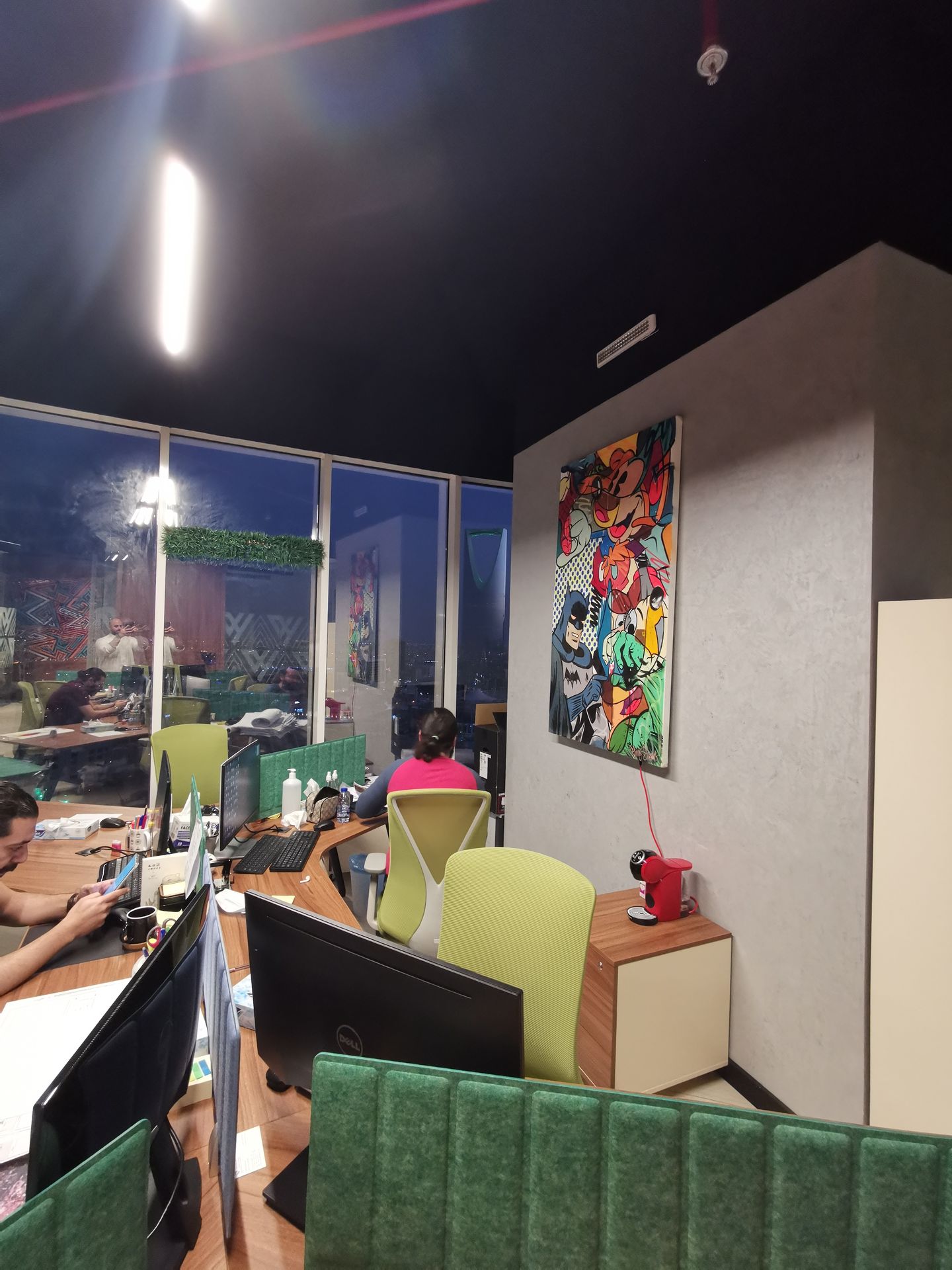








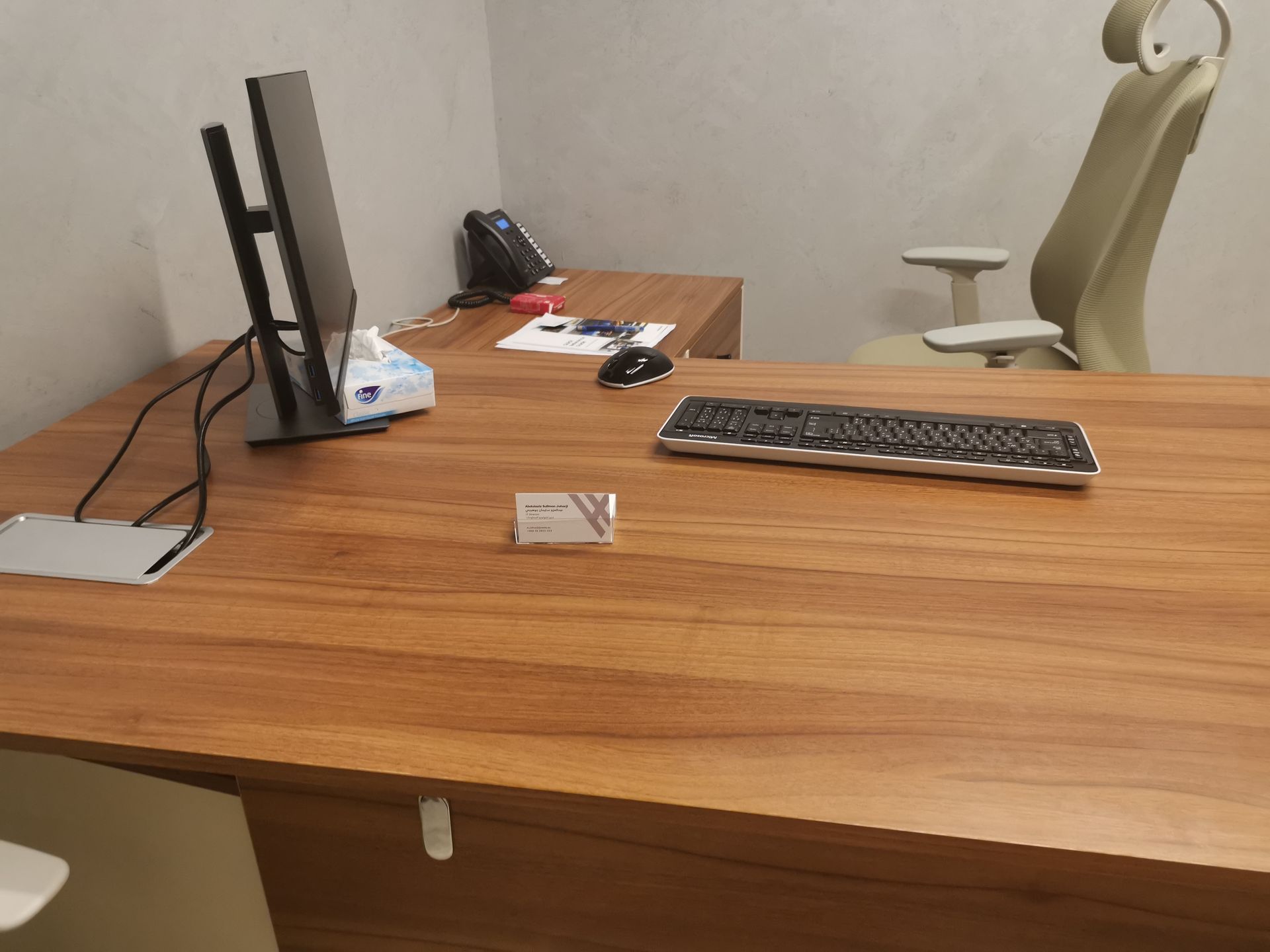






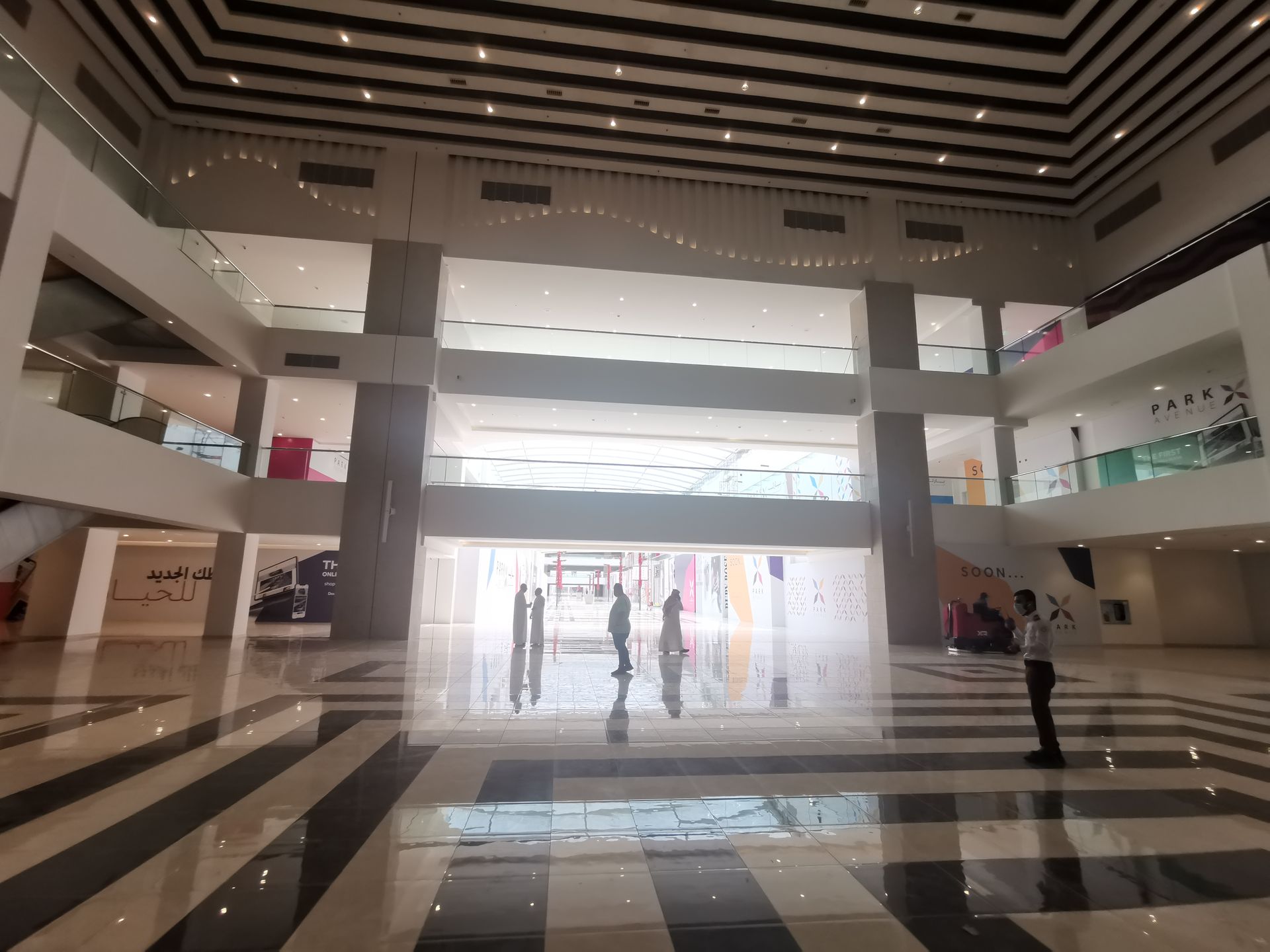




Sela Holding memories




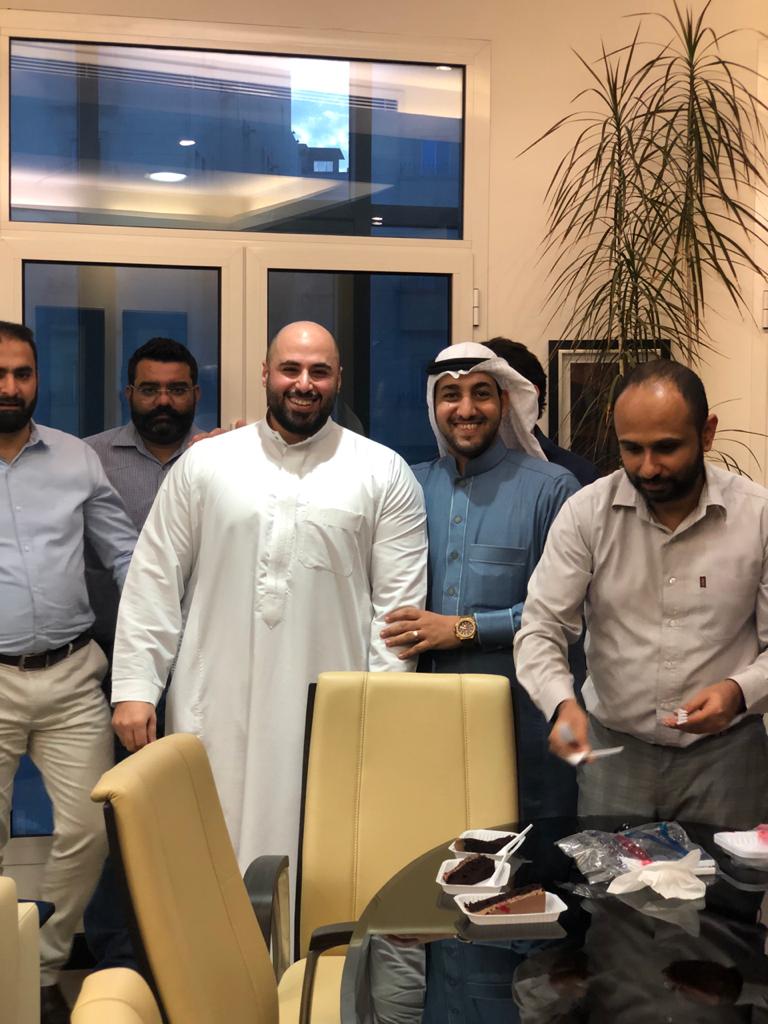

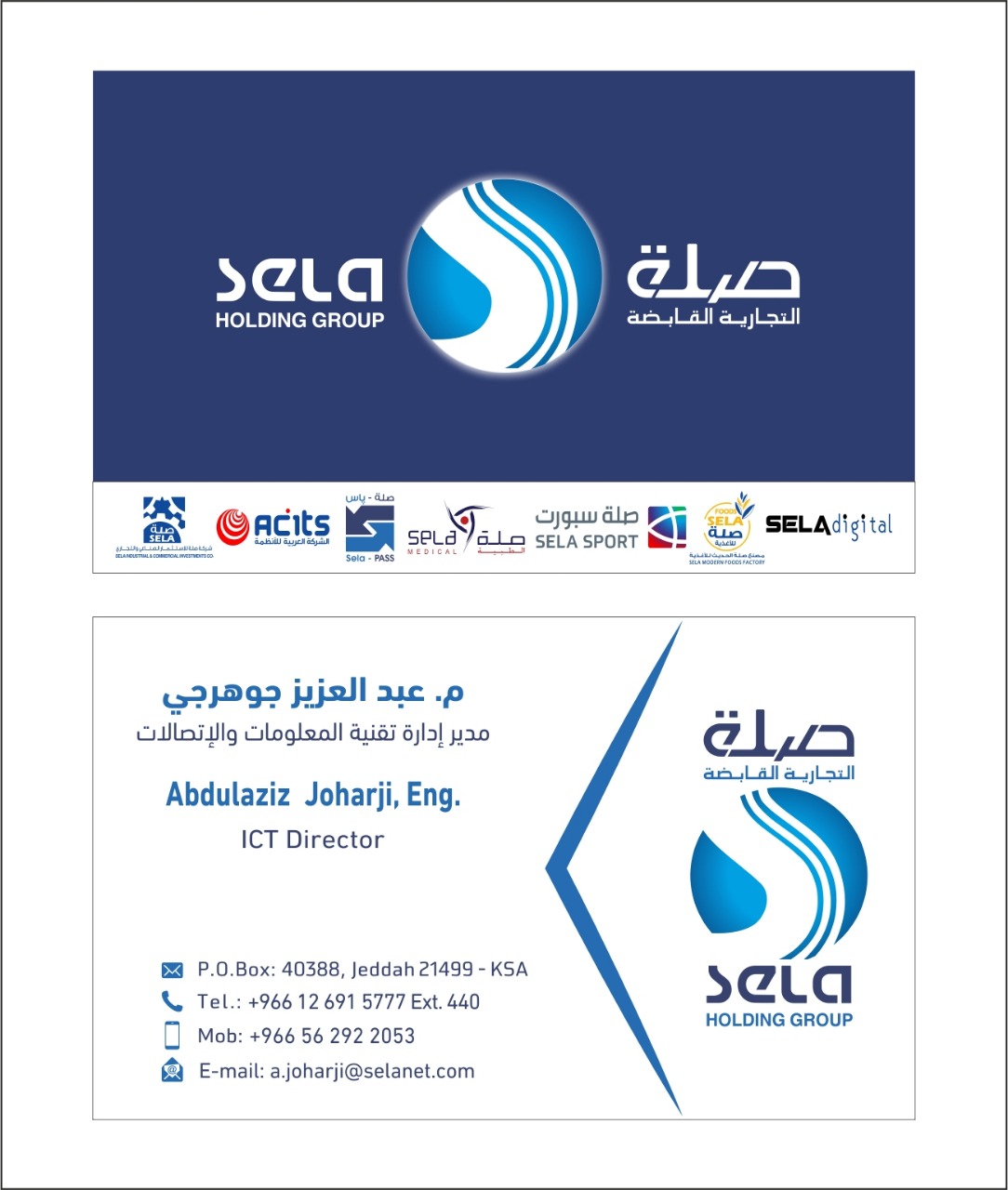
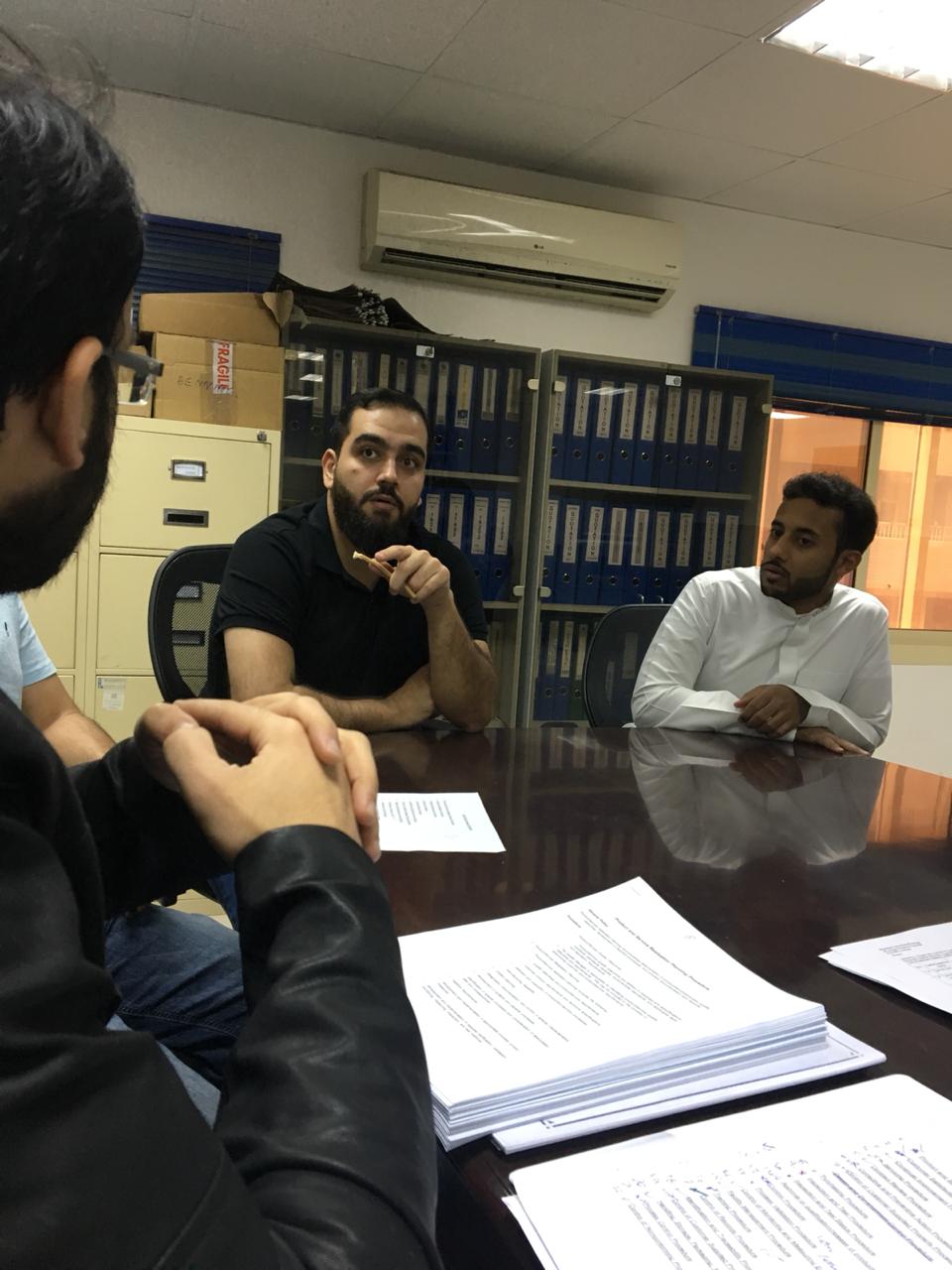
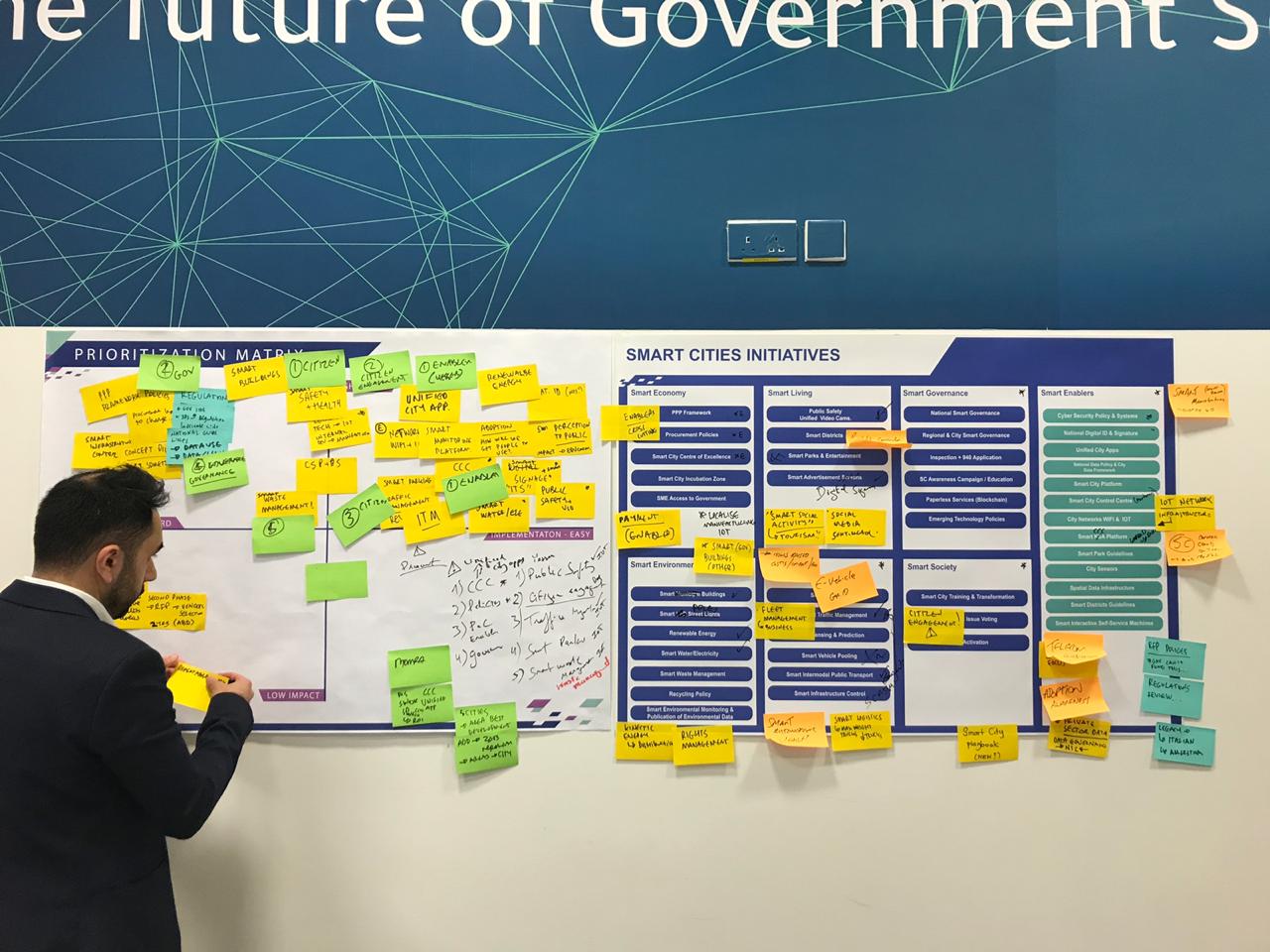

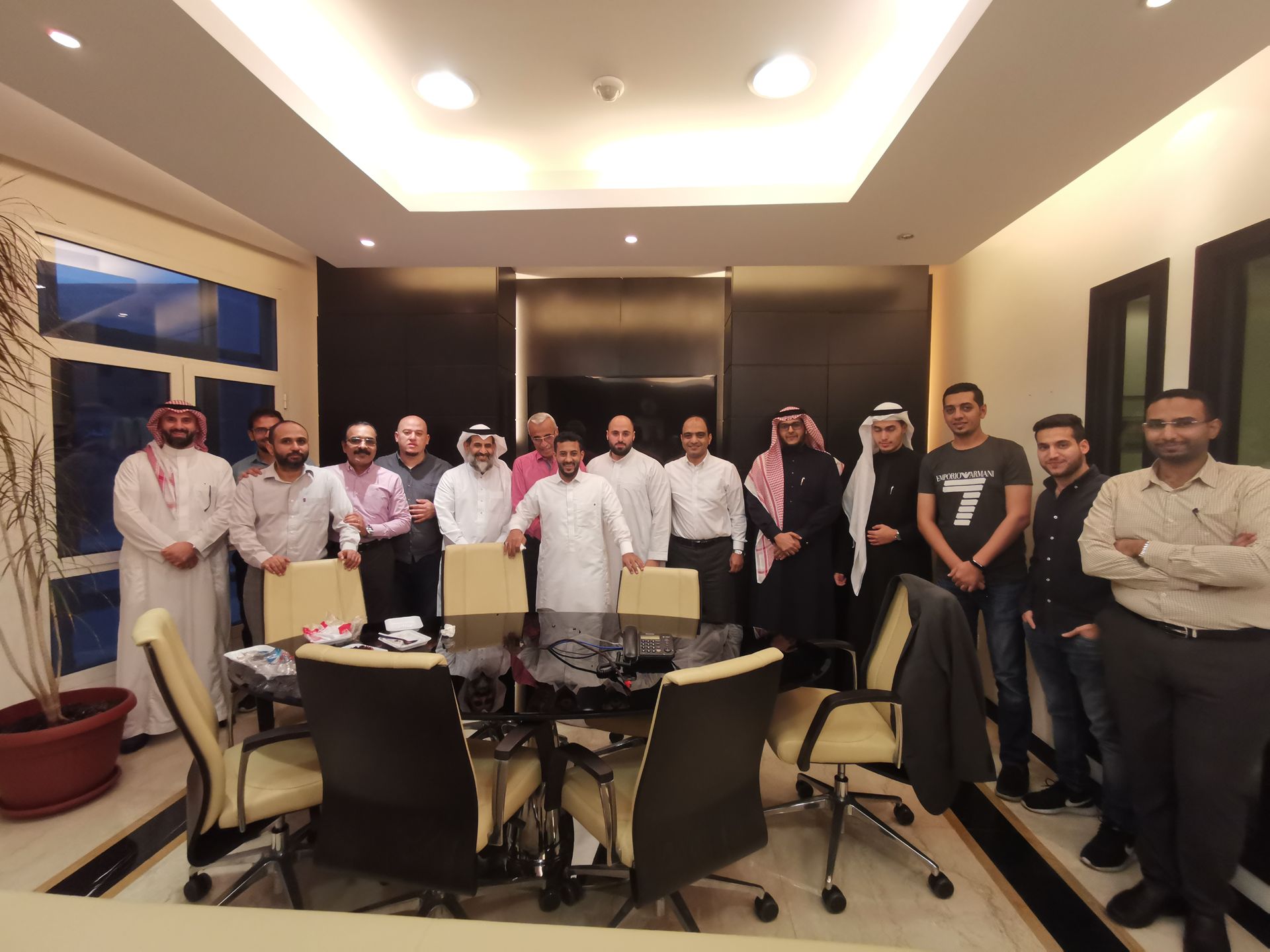
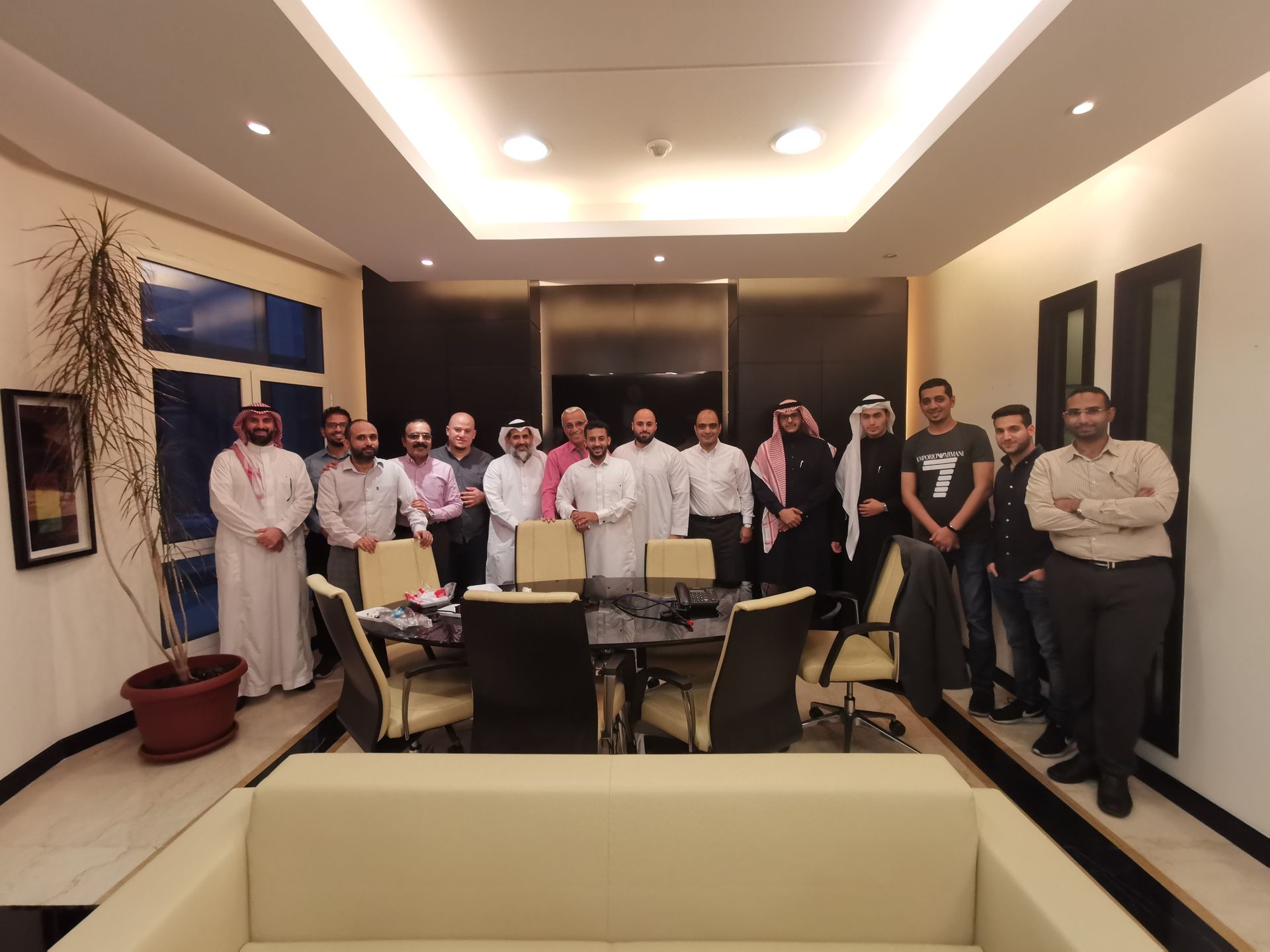

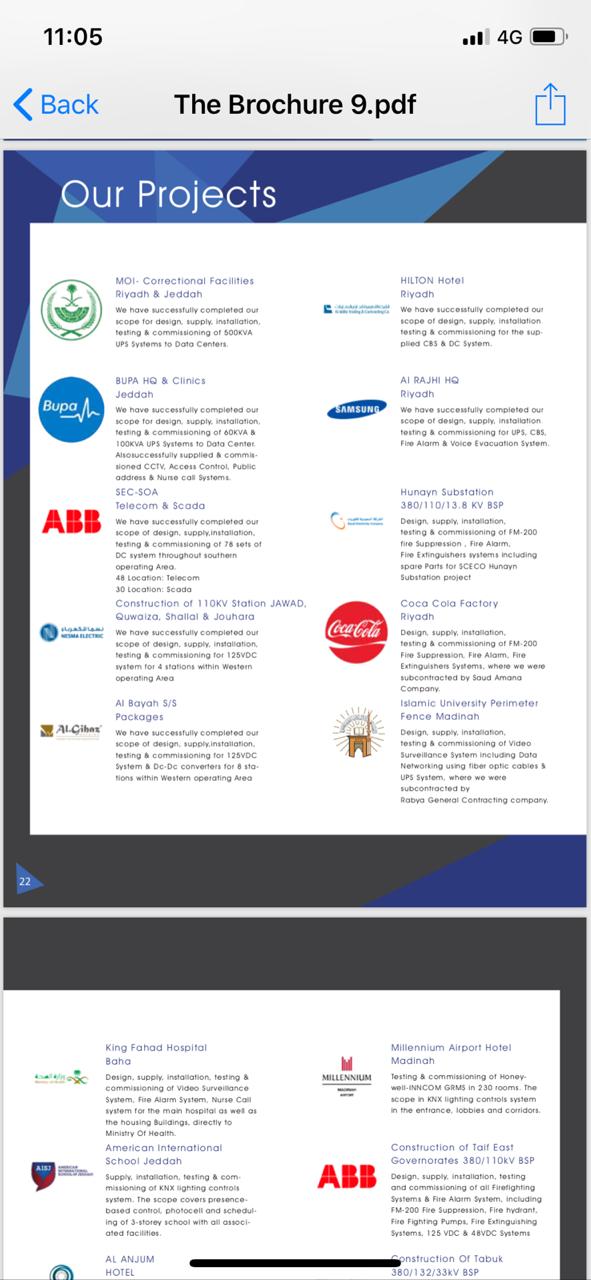



Proudly worked with



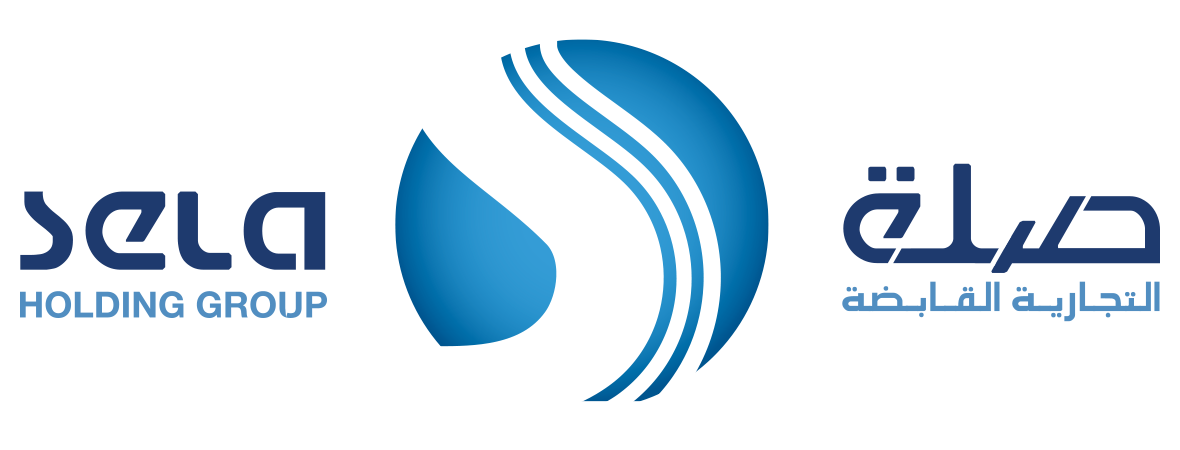

















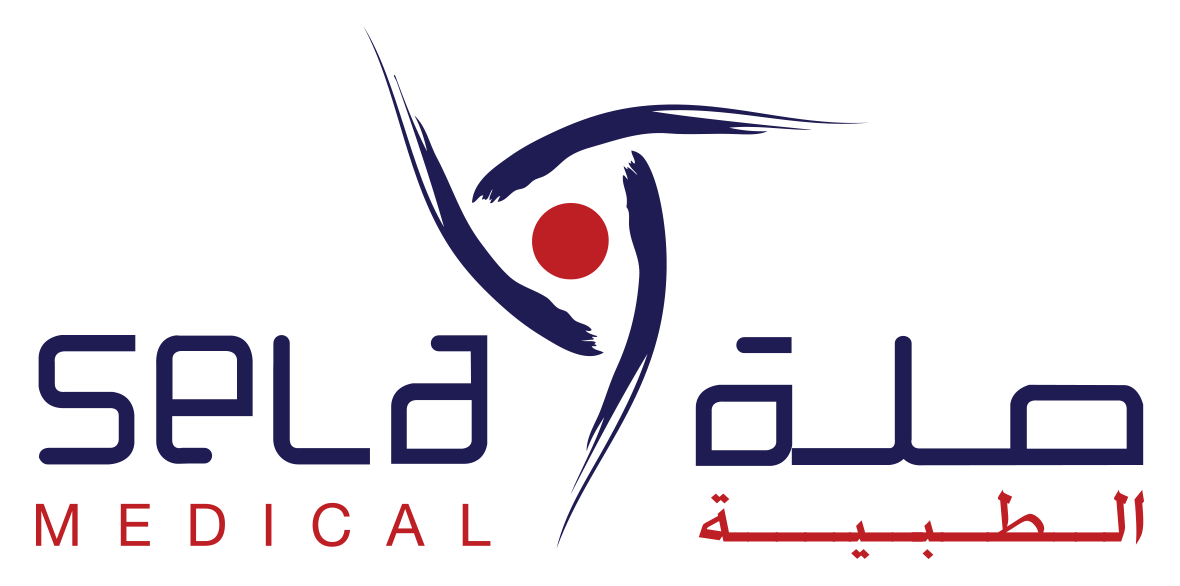























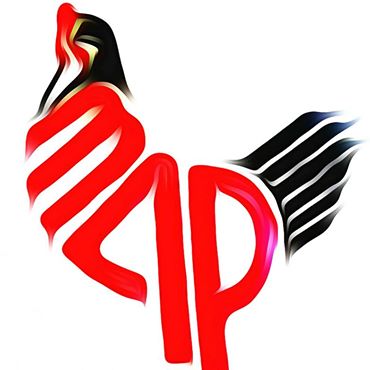
"IT" stands for "Information Technology."
It encompasses a broad range of technology-related disciplines and activities that involve the use of computers, software, networks, and other systems to store, process, transmit, and manage information. Information technology is a crucial aspect of modern business and daily life, and it plays a central role in areas such as:
- Computer Systems: IT involves the design, development, and maintenance of computer hardware and software systems, including desktops, laptops, servers, and mobile devices.
- Networks and Infrastructure: This includes the creation and management of networks that enable data and information to flow between devices and users. It encompasses areas like network design, security, and cloud computing.
- Software Development: IT professionals are involved in writing and maintaining software applications that serve various purposes, from word processing and email to specialized business software and mobile apps.
- Database Management: IT professionals design and manage databases that store and organize vast amounts of information. This is critical for businesses to retrieve and analyze data efficiently.
- Cybersecurity: Protecting data and information systems from unauthorized access, data breaches, and cyberattacks is a significant aspect of IT. This includes activities like firewall management, threat detection, and encryption.
- Technical Support: IT professionals often provide technical support to end-users, helping them troubleshoot and resolve issues with their computer systems and software.
- Digital Transformation: IT plays a crucial role in helping organizations leverage technology to improve processes, increase efficiency, and remain competitive in the digital age.
- Data Analysis: Data analytics and data science are integral parts of IT, involving the use of data to derive insights, make informed decisions, and drive business strategies.
- Telecommunications: IT also includes communication technologies, such as VoIP (Voice over Internet Protocol) and video conferencing, which enable real-time communication over networks.
Overall, IT is a dynamic and ever-evolving field that is essential for businesses, governments, and individuals in today's interconnected and technology-driven world. It encompasses a wide range of career opportunities and specializations, from software development and network administration to cybersecurity and data analytics.
ICT-Information & Communications Technology
It is a broad term that encompasses all technologies used to manipulate and communicate information. ICT combines various forms of technology, including computers, telecommunications, networks, and other digital technologies, to manage and exchange data.
Key components of ICT include:
- Computing Technology: This includes hardware (such as computers and servers) and software (applications and operating systems) used for data processing, storage, and retrieval.
- Telecommunications Technology: ICT relies on telecommunications infrastructure to transmit data and information. This includes technologies like telephone networks, mobile networks, and the internet.
- Networking: ICT involves the design, configuration, and management of computer networks. This is essential for connecting devices and facilitating data exchange.
- Data Management: ICT encompasses databases, data storage solutions, and data management techniques to store and organize information efficiently.
- Internet and Web Technologies: The internet is a fundamental part of ICT, enabling global communication and access to information. Web technologies, such as websites and web applications, are also integral to ICT.
- Wireless Communication: Technologies like Wi-Fi and Bluetooth play a crucial role in enabling wireless connectivity between devices.
- Cloud Computing: ICT leverages cloud computing services for scalable and flexible data storage, processing, and application hosting.
- Cybersecurity: Protecting data and systems from cyber threats is a vital aspect of ICT. This includes measures such as firewalls, encryption, and intrusion detection systems.
- Software Development: ICT professionals develop software applications and systems to support various functions and industries.
ICT is pervasive in modern society and is integral to businesses, governments, education, healthcare, and everyday life. It enables the rapid exchange of information, supports decision-making, enhances communication, and drives innovation across various sectors.
"CTO" stands for "Chief Technology Officer."
A Chief Technology Officer is a high-level executive within an organization who is responsible for the management of technology-related aspects of the business. The role of a CTO can vary from one organization to another, but it typically includes the following responsibilities:
- Technology Strategy: CTOs are responsible for developing and implementing the organization's technology strategy. They align technology initiatives with the company's business goals and long-term vision.
- Innovation: CTOs often play a key role in driving innovation within the organization. They identify emerging technologies and trends that can give the company a competitive advantage.
- Research and Development: CTOs oversee research and development (R&D) efforts, where they explore and experiment with new technologies and solutions that can benefit the company.
- Technology Infrastructure: They manage the organization's technology infrastructure, including hardware, software, networks, and data centers. They ensure that these systems are reliable, scalable, and secure.
- Team Leadership: CTOs typically lead and manage teams of technologists, including software developers, engineers, data scientists, and other IT professionals. They provide leadership and mentorship to these teams.
- Vendor and Partner Relationships: CTOs often engage with technology vendors and partners to evaluate and select the best solutions for the organization. They negotiate contracts and ensure that vendor relationships are productive.
- Cybersecurity: CTOs are responsible for the organization's cybersecurity strategy. They work to protect the company's data and systems from cyber threats and breaches.
- Technical Vision: CTOs define the technical vision for the company, outlining how technology will be used to achieve strategic goals and stay ahead in the market.
- Budgeting and Resource Allocation: They manage the technology budget, allocate resources effectively, and prioritize technology projects based on their impact on the business.
- Regulatory Compliance: In some industries, CTOs must ensure that the organization complies with relevant technology-related regulations and standards.
The specific role and responsibilities of a CTO can vary based on the industry, size of the organization, and its technological needs. In technology-focused companies, the CTO may have a more prominent role in product development, while in other industries, the CTO may primarily focus on managing the internal technology infrastructure and strategy.
About ERP
To work in the field of Enterprise Resource Planning (ERP), a specific college degree is not always mandatory, but having relevant education and skills can certainly be beneficial. ERP is a broad field that encompasses various aspects of business and technology. Here are some common degree paths and fields of study that can be relevant for a career in ERP:
- Information Technology (IT) or Computer Science: A degree in IT or computer science provides a strong foundation in technology and software development, which is essential for understanding and implementing ERP systems.
- Management Information Systems (MIS): MIS programs combine business and technology coursework, making them highly relevant to ERP. They focus on how technology can support business processes, including ERP implementation.
- Business Administration or Management: A degree in business administration or management can be beneficial if you aim to work on the business side of ERP, such as project management, business analysis, or consulting.
- Accounting or Finance: ERP systems often include modules for financial management. A background in accounting or finance can be advantageous if you plan to specialize in ERP for financial purposes.
- Supply Chain Management or Operations Management: For those interested in ERP within the context of supply chain and operations, degrees in supply chain management or operations management can be valuable.
- Engineering: In industries like manufacturing, having an engineering background can be advantageous for ERP roles, as it provides a deep understanding of processes and systems.
- Data Science or Analytics: With the increasing importance of data-driven decision-making, degrees in data science or analytics can be useful if you plan to work on ERP-related analytics and reporting.
- ERP-specific Certifications: While not degrees, obtaining certifications in specific ERP systems like SAP, Oracle, or Microsoft Dynamics can be highly beneficial and may be preferred by some employers.
It's important to note that many ERP roles value a combination of education and practical experience. Therefore, gaining hands-on experience through internships, co-op programs, or entry-level positions in IT, business analysis, or related fields can be just as important as your college degree.
Ultimately, the specific educational background you need for a career in ERP will depend on your career goals and the particular aspects of ERP that you find most interesting or relevant to your interests and skills. ERP roles can vary widely, from technical implementation and development to business analysis and project management, so there are opportunities for individuals with diverse educational backgrounds.
About CCTV
(CCTV) systems are typically managed and operated by various departments within an organization, depending on its size, industry, and specific needs. Here are some common departments that work with CCTV systems:
- Security Department: The security department is often the primary department responsible for CCTV systems. They use CCTV cameras to monitor and enhance the security of physical premises, such as buildings, facilities, and parking lots. Security personnel are responsible for surveillance, incident detection, and response.
- Facilities Management: In some organizations, the facilities management department may be involved in the installation, maintenance, and management of CCTV cameras. They ensure that the cameras are properly positioned, powered, and maintained.
- IT Department: The IT department plays a crucial role in managing the network infrastructure and storage systems that support CCTV. They are responsible for ensuring that the cameras are connected to the network, data is securely stored, and remote access is available if needed.
- Safety and Compliance: In certain industries, such as manufacturing and healthcare, safety and compliance departments may work with CCTV systems to monitor and ensure compliance with safety regulations. CCTV can be used to observe processes and identify safety hazards.
- Loss Prevention: Retail organizations often have a dedicated loss prevention department that uses CCTV systems to prevent theft, fraud, and inventory shrinkage. They monitor cameras to detect suspicious activities and investigate incidents.
- Human Resources: HR departments may use CCTV for various purposes, including monitoring employee behavior and ensuring workplace safety. They must ensure that CCTV use complies with privacy and labor laws.
- Legal and Compliance: Legal and compliance departments may provide guidance on the use of CCTV to ensure that it adheres to privacy laws and regulations. They may also be involved in reviewing footage for legal and investigative purposes.
- Operations and Asset Management: In logistics and transportation industries, CCTV can be used for tracking the movement of goods and monitoring assets. The operations department may use CCTV to optimize processes and improve efficiency.
- Public Safety: In public spaces, such as city streets, transportation hubs, and government buildings, law enforcement agencies and municipal departments often manage CCTV systems for public safety and surveillance purposes.
- Corporate Security: Large corporations may have dedicated corporate security departments that oversee all aspects of security, including CCTV systems, access control, and security policies.
It's important to note that the specific department responsible for CCTV systems can vary widely depending on the organization's structure and priorities. In many cases, multiple departments collaborate to ensure the effective use of CCTV technology for security, safety, and operational purposes. Additionally, organizations should establish clear policies and procedures for the use of CCTV systems to protect privacy and comply with relevant laws and regulations.
Who is he "Shared Services Director"?
A Shared Services Director is a senior executive within an organization who is responsible for overseeing shared services functions. Shared services refer to the consolidation and centralization of certain administrative and support functions across different departments or business units within an organization. The goal of shared services is to improve efficiency, reduce costs, and enhance the quality of services provided.
The specific responsibilities of a Shared Services Director can vary depending on the organization's structure and the scope of its shared services operations. However, their role typically includes the following:
- Strategic Planning: Developing a strategic vision and plan for shared services that aligns with the organization's overall goals and objectives.
- Service Delivery: Ensuring that shared services, which may include functions like finance, human resources, IT support, procurement, and more, are delivered effectively and efficiently to internal clients or business units.
- Resource Allocation: Managing resources, including budgets, staff, and technology, to support shared services operations.
- Process Improvement: Identifying opportunities for process improvement and optimization within shared services to enhance quality and reduce costs.
- Performance Metrics: Establishing and monitoring key performance indicators (KPIs) to measure the effectiveness and efficiency of shared services.
- Client Relations: Building and maintaining strong relationships with internal clients or business units to understand their needs and ensure that shared services meet those needs.
- Compliance: Ensuring that shared services operations comply with relevant laws, regulations, and industry standards.
- Technology and Innovation: Leveraging technology and innovation to improve the delivery of shared services and stay current with best practices.
- Change Management: Leading change initiatives related to shared services implementation and ensuring that employees are trained and engaged in the process.
The Shared Services Director plays a critical role in helping organizations streamline their support functions and achieve cost savings while maintaining or improving service quality. This position requires strong leadership, strategic thinking, and the ability to collaborate with various stakeholders across the organization.
It's important to note that the specific title and structure of shared services roles can vary between organizations. In some cases, the role may be titled differently, such as "Shared Services Manager" or "Director of Shared Services Excellence."
Shared Services Director vs CEO
The CEO (Chief Executive Officer) and the Shared Services Director are two distinct roles within an organization, each with different responsibilities and areas of focus. Here are the key differences between these roles:
- Position in the Organizational Hierarchy:
- CEO: The CEO is typically the highest-ranking executive in the organization. They are ultimately responsible for the overall success, strategy, and performance of the entire organization.
- Shared Services Director: The Shared Services Director is a senior executive responsible for specific shared services functions within the organization, such as finance, HR, IT, or procurement. They report to higher-level executives, including the CEO or COO (Chief Operating Officer), depending on the organization's structure.
- Scope of Responsibilities:
- CEO: The CEO has a broad and strategic role that encompasses the entire organization. They set the company's vision, mission, and strategic direction, make major decisions, and oversee all aspects of the business.
- Shared Services Director: The Shared Services Director has a more specialized role focused on optimizing and centralizing support functions. They are responsible for specific areas like finance, HR, or IT, and their primary goal is to improve the efficiency and effectiveness of these functions.
- Strategic Focus:
- CEO: The CEO is responsible for setting the overall strategic direction of the organization, making decisions about market positioning, growth strategies, mergers and acquisitions, and other high-level initiatives.
- Shared Services Director: While they contribute to the organization's strategy within their domain, the Shared Services Director's focus is primarily operational and tactical. They aim to streamline processes, reduce costs, and enhance service delivery within their specific function.
- Decision-Making Authority:
- CEO: The CEO has the highest decision-making authority in the organization and is accountable to the board of directors and shareholders.
- Shared Services Director: The Shared Services Director makes decisions related to the efficient operation of their shared services function but operates within the broader strategic framework set by the CEO and executive leadership.
- Overall Accountability:
- CEO: The CEO is ultimately accountable for the organization's overall performance, financial results, and achievement of strategic objectives.
- Shared Services Director: The Shared Services Director is accountable for the performance and success of the specific shared services functions they oversee.
In summary, the CEO is the top leader of the entire organization, responsible for its overall success, strategy, and performance. The Shared Services Director, on the other hand, is a senior executive who focuses on optimizing and centralizing specific support functions to improve efficiency and service quality within their defined area of responsibility. Their roles and areas of influence are distinct but can be complementary in achieving organizational goals.

A great title
And a great subtitle
A great title
And a great subtitle
A great title
And a great subtitle
A great title
And a great subtitle

A great title
And a great subtitle
A great title
And a great subtitle
A great title
And a great subtitle
A great title
And a great subtitle